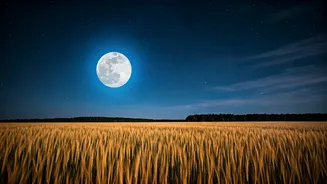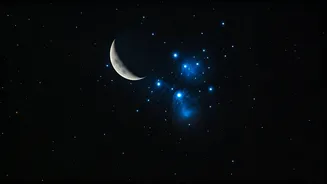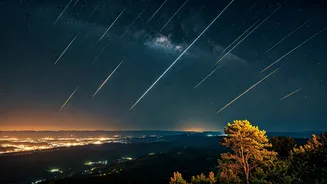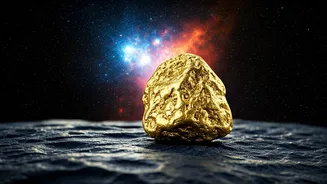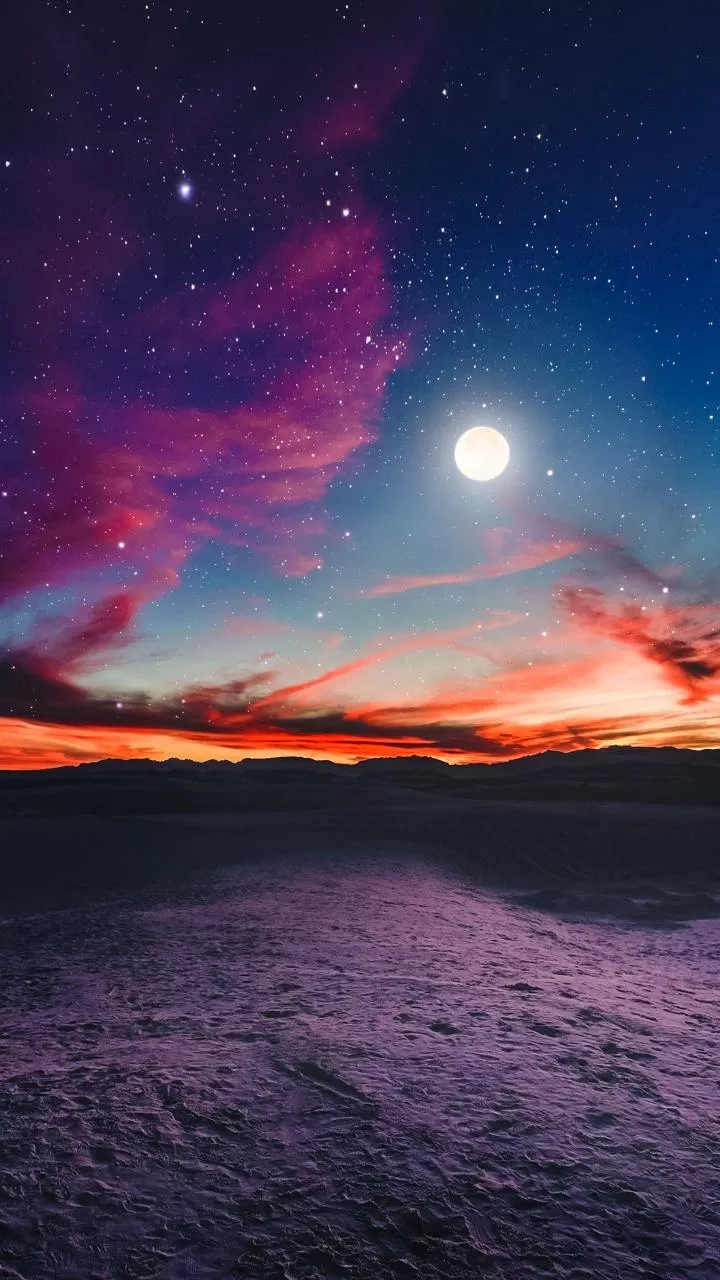Supermoons and Their Glow
Supermoons, which appear larger and brighter than regular full moons, have always captivated skywatchers worldwide. The year 2025 witnessed several of
these events, with the 'Beaver Moon' and the supermoon of November drawing significant attention. These occurrences happen when a full moon coincides with the moon's closest approach to Earth, making it appear unusually large. Skywatchers in 2025 captured many stunning photos of these events, showcasing their luminous presence against the night sky. The supermoons offered a spectacular display, highlighting the dynamic relationship between the Earth and its celestial companion, and provided a unique opportunity for stargazers to appreciate the moon's beauty and the wonders of space.
Lunar Phases Unveiled
The moon's phases, ranging from new moon to full moon, offer a fascinating glimpse into the lunar cycle. The first quarter moon, as observed on different dates in 2025, showed a half-lit appearance, showcasing the changing lunar forms. The full moon calendar for 2025 provided insights into when these celestial events would occur. Various images captured the moon in its different phases, with some showing it in the grasp of celestial bodies. These observations helped understand the moon's orbit around Earth and how its position relative to the sun determines its visible shape. Such observations are essential for understanding not only the moon's behavior but also for tracking other celestial events, offering a continuous spectacle for those who look upwards.
Moon's Interactions in Space
In the vast expanse of space, the moon interacted in intriguing ways with various celestial objects. On specific dates, the moon appeared close to the red supergiant star Antares, offering a beautiful sight for those who observed. Furthermore, the moon was seen against the backdrop of the Milky Way, with the galactic arc shining above telescopes in Chile. The moon even photobombed the sun in a remarkable image captured by a NOAA satellite. These encounters highlight the intricate dances that occur within the cosmos. Each event offers a chance to observe and learn about the diverse objects in space. Through these observations, we gain a greater appreciation for the universe's complexity and beauty, which are always within our reach.
Observing Lunar Surface Details
The lunar surface presented opportunities to discover unique celestial configurations. In 2025, skywatchers were treated to the sight of a colossal 'X' and 'V' appearing on the moon after sunset on particular days, which made the moon a great source of interest. Observing the lunar surface also involved International Observe the Moon Night 2025, which gave people a chance to look at the lunar surface's characteristics. These surface characteristics provide information regarding the moon's history and its connection to the solar system. Discoveries like these not only expand our knowledge of the cosmos but also motivate further exploration and innovation.
Moon's Role in Research
The moon has played an important role in scientific research, allowing scientists to study its composition and history. Research in 2025 centered on the possibility of finding water ice on the moon and its use in future human missions. The retrieval of the first samples ever collected from the far side of the moon could reveal the source of Earth's water. Scientists have examined ancient Australian rocks, which may shed new light on the moon's formation. Such studies are crucial for understanding the moon's geological development and its possible resources. These findings contribute significantly to our understanding of the universe.
Celestial Photography Highlights
The year 2025 produced a rich tapestry of astrophotography, providing breathtaking images of the moon and the surrounding cosmos. Images included the 'Harvest Moon', the 'Beaver Moon', and the moon against the backdrop of the Milky Way. Telescopes scanned the skies over the Atacama Desert in Chile, capturing the dance of the stars. The ESA's lunar lander, seen on a simulated moon, and the reflections from the lunar surface offered a glimpse of the moon. Each photograph provided unique perspectives on celestial events. They are critical in promoting space exploration and scientific advancements.


